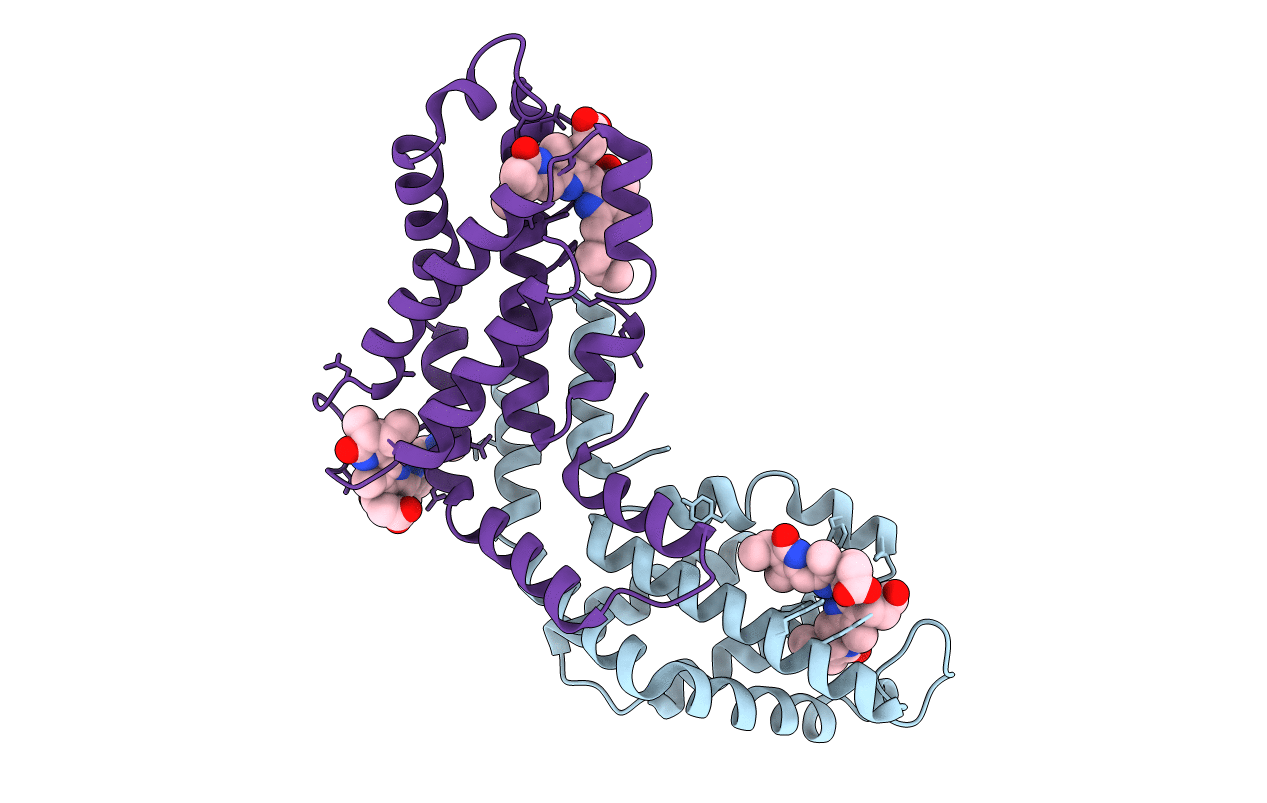
Deposition Date
2005-11-25
Release Date
2006-01-25
Last Version Date
2025-03-05
Entry Detail
PDB ID:
2C7L
Keywords:
Title:
Low temperature structure of phycoerythrocyanin from Mastigocladus laminosus
Biological Source:
Source Organism:
Mastigocladus laminosus (Taxon ID: 83541)
Method Details:
Experimental Method:
Resolution:
2.85 Å
R-Value Free:
0.27
R-Value Work:
0.21
R-Value Observed:
0.21
Space Group:
P 63


